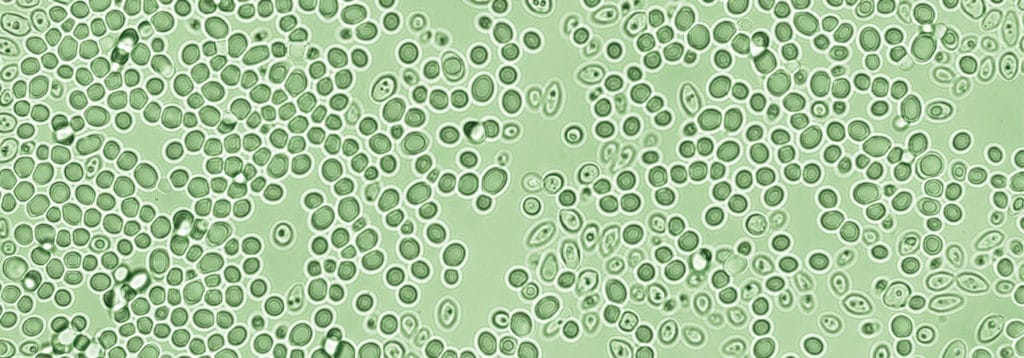Tag: gene expression
The flipside of DNA: Flipons and alternative nucleic acid structures

DNA sequences called flipons can adopt alternative DNA structures. New research suggests that they have important biological roles. In a quest to further unravel the mystery of these dynamic DNA elements, Dr Alan Herbert, InsideOutBio Inc, USA, and colleagues have spent years conducting experiments at the cutting edge of genomic and molecular science. Now, they demonstrate that by targeting flipons, […]
Read More… from The flipside of DNA: Flipons and alternative nucleic acid structures
Regulating RNA interference by modifying RNA backbone with amides

Professor Eriks Rozners and colleagues at Binghamton University in New York, USA, are using innovative nucleic acid chemistry to modify RNA-based technologies such as RNA interference (RNAi) and Clustered Regularly Interspaced Short Palindromic Repeats (CRISPR) to enhance their utility in molecular biology. These technologies suffer from off-target effects that limit their clinical utility. By replacing phosphates in the backbone with […]
Read More… from Regulating RNA interference by modifying RNA backbone with amides
To edit or not to edit: Changes in microRNAs are associated with asthma severity

Asthma is a chronic inflammatory condition of the airways. While many people respond to inhaled medications, this treatment is not effective for everyone. Understanding more about the molecular pathways that promote severe asthma may provide opportunity for new therapeutic approaches. Dr Kevin M Magnaye, while a graduate student with Professor Carole Ober at the University of Chicago, explored changes in […]
Read More… from To edit or not to edit: Changes in microRNAs are associated with asthma severity
Housekeeping rules: Why reference genes matter in jute plants

Jute is a commercially grown fibre plant that provides a natural resource for modern day fibre usage. With the lack of diversity in jute plants, the recent sequencing of the jute genome offers a wide range of gene targets for crop breeding. In parallel, the use of quantitative approaches to study the expression pattern of jute genes has taken precedent. […]
Read More… from Housekeeping rules: Why reference genes matter in jute plants
Thermodynamic modelling of dynamic cell phenotypes

The observed traits, or phenotypes, of living cell populations depend on complex networks of biological processes. How cells process information through those biochemical networks can be described by the mathematics of statistical thermodynamics. Through research at the National Institute of Standards and Technology (NIST), a multidisciplinary team has clearly shown how the physics of thermodynamics can enable an understanding of […]
Read More… from Thermodynamic modelling of dynamic cell phenotypes
RNA sequencing reveals secrets of skin aging

As we age, so does our skin. One of the factors that affects how quickly skin appears to age is exposure to UV light. Dr Jeong-Sun Seo of Seoul National University Bundang Hospital, Republic of Korea, is investigating how UV light affects skin aging at the genetic level. Using RNA sequencing data, Dr Seo and his team demonstrate that some […]
Read More… from RNA sequencing reveals secrets of skin aging
From beer to brains: how yeast molecular genetics prove the importance of introns

Scientific discoveries often come from the most unlikely of places, and Dr Tracy Johnson’s work is no exception. Using a yeast system typically used to make beer or bread, Dr Johnson and her team at UCLA have uncovered important genetic findings that could highlight the importance of intron retention during gene expression. Her research looks at the science of gene […]
Read More… from From beer to brains: how yeast molecular genetics prove the importance of introns